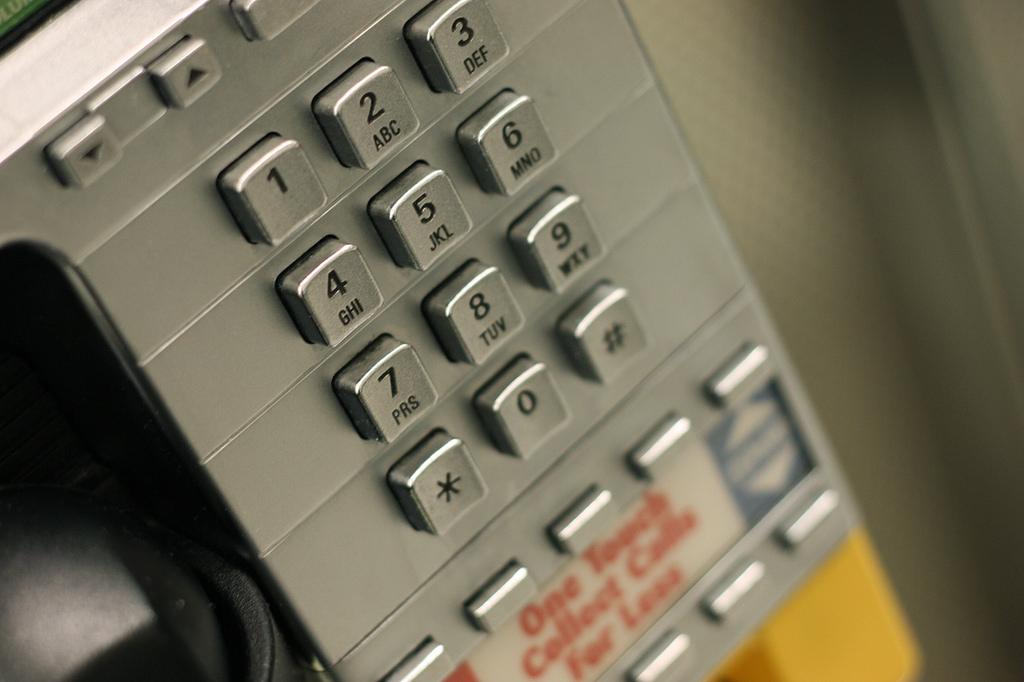While somewhat truant in my predictions for this current year, expectations for the year prior were a bit elusive. Given the gravity of the Equifax data breach, it seemed reasonable that credit reporting agencies would need to find ways to re-invent their business models in an effort to regain consumer confidence. Unfortunately, this transmogrified into an opportunity for these same credit agencies to extort money from consumers by offering more services to protect your credit.
At home, the presence of landlines continues to retreat with some phone carriers no longer even using landline phone service as an operating metric. While the majority of phone service is now cellular, it will likely be a few more years before landlines disappear altogether.
What kind of trends should we be expecting in 2020?
- Movies on disc evaporate. It is becoming increasingly difficult to find movies on DVD or Blue-ray format. Stores previously devoted a large amount of floorspace to media for purchase but this has dwindled to perhaps a single aisle or one end-cap with a handful of new releases. In the new year, you should expect to see this availability continue to dwindle with online ordering emerging as the only way to purchase discs.
- Streaming service showdown. Streaming services continue to impinge on broadcast television, but with the advent of so many new options they are now competing amongst themselves. Consumers should anticipate discord from new offerings like Disney+, AppleTV+, HBO Max, Peacock and Discovery Channel. These streaming options can cannibalize existing cable TV programming and disrupt streaming content on existing services like Netflix, Hulu and Amazon Prime.
- Python growing pains. As Python continues to dominate the scripting language landscape, version 2.0 will sunset in the new year. This has been a long time in the making, but there is still a heavy dependence on 2.x which requires development to convert to the 3.x platform. Of course this becomes increasingly difficult as the 3.x version matures so the sooner companies upgrade the easier it will be. There are some good studies on migration to Python 3, check out Dropbox for example.
- Javapocalypse. The Oracle Java 8 license agreement changed in 2019 and now requires acceptance of a modified licensing agreement. Under the new agreement, deployment outside of the Oracle Cloud needs a Java Program License. Companies should consider alternate JDK distributions such as Corretto or AdoptOpenJDK if they wish to continue on the Java platform without purchasing a license from Oracle. Oracle will begin enforcing these licensing requirements which may significantly impact IT organizations.
- Laser ultra-short-throw projectors. As LCD displays start to approach 100″ diagonal, ultra-short-throw projectors like the Vava and the Xiaomi are going to start gaining market-share. These 4K short-throw laser projectors will be the preferred configuration for larger installs as they are easier to setup and produce comparable HDR display quality. Ambient Light Rejecting (ALR) screens will accelerate this adoption, including motorized designs that are integrated with furniture as well as ALR paint that can convert entire walls into a display.
The intensity of competition between streaming service providers cannot be understated. As content producers like Disney, HBO, NBC, CBS and Discovery start to host their own media, they will most certainly renegotiate existing contracts for that same content. Streaming services like Netflix, Hulu and Amazon Prime that have historically benefitted from being able to stream this material will find themselves with a shorter supply of entertainment.
In the space of software development organizations, for many this will be a year of retooling. Both the Java and Python platforms have experienced significant change in the past year, and these shifts cannot be ignored. For teams with a high percentage of .NET artifacts, this may be an opportunity to consolidate onto a Microsoft platform rather than deal with the licensing and retooling costs of Java or Python.
Finally, the opportunity resulting from the sunsetting of physical media (DVD / Blu-ray) is still quite large. While some companies have already taken a piece of this new market, there is ample opportunity for other new media companies to make advancement here.

